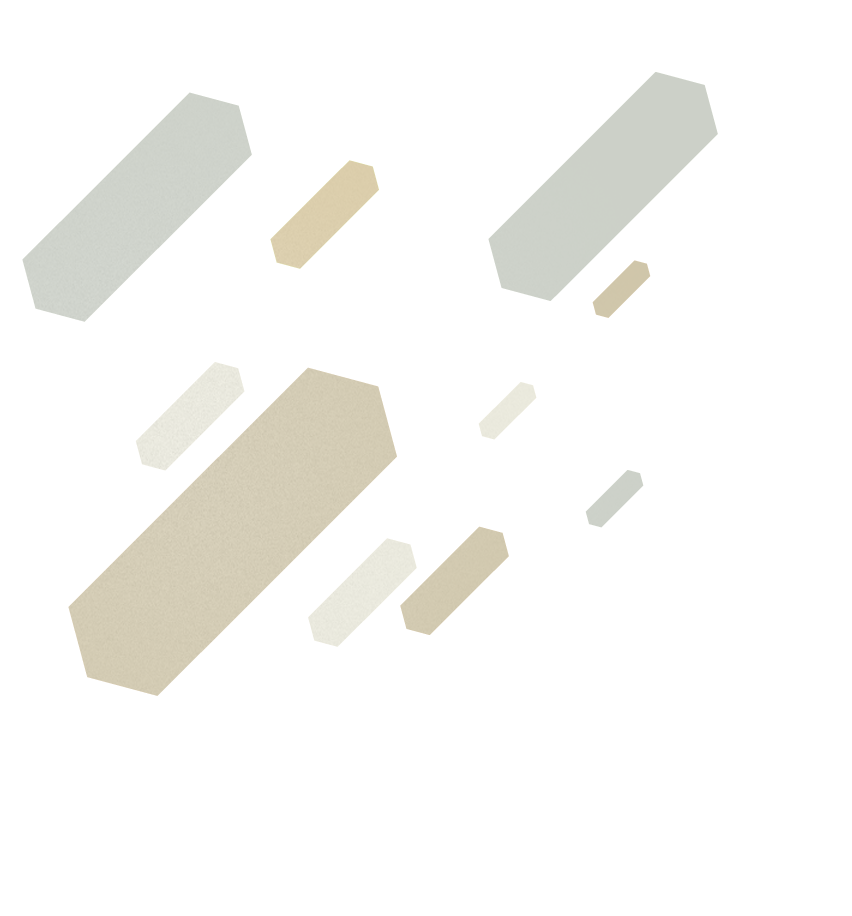


The Piano Concerto received its premiere on 19 August 1988, at the Kleines Festspielhaus in Salzburg, performed by Krystian Zimerman to whom it is dedicated, and the Austrian Radio Symphony Orchestra directed by the composer. It was commissioned by the Salzburg Festival. In Poland it was premiered the same year at the closing concert of the Warsaw Autumn festival.
The piano plays a significant role in Witold Lutosławski’s œuvre, in particular his solo works and songs composed in the 1940s and 1950s but also in his chamber works, while in compositions where it is an instrument of the orchestra, the composer assigns special timbral tasks to the piano. Lutosławski nurtured the idea of a piano concerto, in which the instrument is the main protagonist, since the 1940s but only brought it to completion in his last, particularly prolific creative period – in fact, his last decade brims with masterly works.
Written in 1987–88, the Concerto follows the Symphony No. 3, the three Chains, and Partita, and comes before the Interlude, Chantefleurs et chantefables, and Symphony No. 4. It thus belongs to a late group of works that hold a similar significance in Lutosławski’s entire output as the late works of Béla Bartók. The fact that Lutosławski took this much time before undertaking a project in this genre, whose vitality was often questioned in the second half of the twentieth century, can be explained in several ways.
Certainly, there was great creative excitement at the appearance of a consummate pianist such as Krystian Zimerman, for whom Lutosławski wrote the work, although numerous other performers since testified to the Concerto’s extraordinary stage appeal. Another reason is that in the 1980s, Witold Lutosławski’s compositional technique, while still evolving, was finally up to the expectations of the notoriously self-critical composer. Lutosławski realised that he had finished struggling with technical problems, finally breaking through constraints and free to look for better compositional solutions than before; he recognised he was able to use his musical language in an entirely unfettered manner.
Symptomatically, it was at this very time that the role of aleatoric counterpoint in his scores markedly diminished, while the role of melody – Lutosławski’s melodic style surely remaining very idiosyncratic – was decidedly strengthened, and the bi-partite formal model, expressed so spectacularly in the movement titles of the Symphony No. 2: Hésitant – Direct, was treated less dogmatically. A trait characteristic of Lutosławski’s late output is that its synthetic, classicising style, or even Apollonian perfection, integrates past idioms without resorting to postmodern tools such as collage, multiple coding of incongruent elements, poly-cultural crossover mixes, outright manipulative sampling, or mixtures of different levels of musical cultures. The Piano Concerto may be considered an example of a proud yet tolerant Modernism, on hand indicating there is no return to the traditional form of the piano concerto, and on the other, paying tribute to that tradition. The Concerto is composed of four movements played attacca, but each possessing its own clear ending. Without completely disposing of it, the composer limits the use of the “chain” principle, in which a compositional section begins overlapping the previous one’s ending. The first movement makes a clear reference to Classical thematic dualism, typical of the traditional sonata allegro that opened the piano concertos of the past. Yet there is no literal approach to form. Each section, which can be likened to traditional themes, self-divides into two phases. The second movement is marked moto perpetuo. It contains a virtuoso piano part, full of bravado, almost stile brillante-flavoured, with an orchestral counterpoint in the background. Drawing analogies to the Classical concerto form, we could say the “Allegro” of the first movement is followed by a “Scherzo”. The third movement, in turn, is a “song” form, beginning with a solo piano recitativo, and a cantilena theme played largo. Song form (similarly to scherzo form which contains a trio in the middle) was historically cast in ternary form. Lutosławski, too, contrasts the “singing” piano with an intense, even dramatic character orchestral part. Then comes the finale. A rondo? Variations?
Lutosławski said: “The fourth movement’s architecture is an allusion to the Baroque form of ciaccona. The theme (always played by the orchestra) consists of short notes divided by rests, not of chords as in the traditional ciaccona. This oft-repeated theme creates but one layer of the musical discourse. On this background, the piano developes different episodes. These two layers intertwine according to the principle of chain form, i.e. the beginnings and endings of the piano episodes overlap with the beginnings and endings of the theme. They only coincide once – near the end of the Concerto. Next comes a short recitativo of the piano played fortissimo over an orchestral background, after which a short Coda (played Presto) ends the work”.
The above analogy with the traditional concerto form is greatly simplified, even banalized to an extent. In the Piano Concerto, the music remains Lutosławski’s own, but as we have observed, more than in any other composition by this author, it “resonates” with musical tradition, in contrast with how Lutosławski would normally position himself toward tradition in his other works. He was conscious that at the end of the twentieth century, there was no place for any revolution in the concerto genre and he was becoming its creative continuator. The aforementioned Baroque references are clear, yet... what Lutosławski chiefly continues here is Romantic tradition here, with Chopin, Liszt, and Brahms, as well as Rachmaninov (whom he never loved), Debussy, Ravel, Bartók, Prokofiev, and Messiaen. But not Cage. Apart from discernible mini-quotations from Chopin’s Concerto in F Minor, there are no direct references to be found; instead, what is referenced is the global piano concerto convention. A super-conventional composition?
Andrzej Chłopecki




